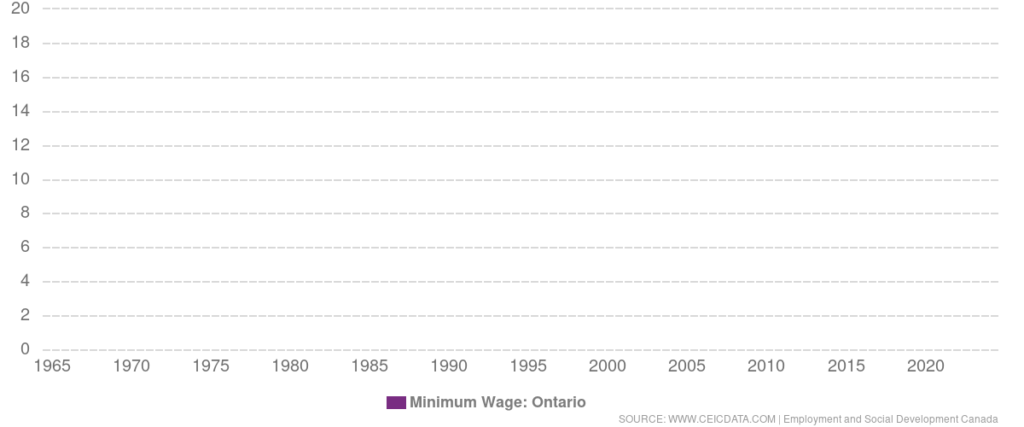
The Importance of Minimum Wage in Ontario
The minimum wage in Ontario is a crucial topic that affects millions of workers and their families. As inflation rises and the cost of living continues to increase, understanding the implications of minimum wage adjustments is essential for both employees and employers. Ensuring fair compensation helps in reducing poverty levels and enhancing the quality of life for many Ontarians.
Recent Changes to Minimum Wage
As of October 1, 2023, Ontario implemented an increase in the minimum wage, raising it to $16.55 per hour—a significant step from the previous amount of $15.50. The increase aims to align wages more closely with inflation rates, which were reported at approximately 4.0% in the most recent annual statistics. This change has been met with mixed reactions.
Reactions from Various Stakeholders
Advocates for low-income workers have welcomed the wage hike, arguing that it is a necessary step toward achieving a living wage, which many claim should be at least $18 to $22, based on current living standards in major Ontario cities. Union representatives and labor activists point to the high costs of housing, groceries, and transportation as critical issues that necessitate ongoing increases in the minimum wage.
Conversely, some small business owners express concerns about the impact these increases may have on their financial stability. They argue that while the intention is to support workers, the rise in labor costs may force them to reduce hours, raise prices, or even lay off employees to maintain profitability.
Future Outlook and Considerations
As Ontario heads into 2024, discussions around minimum wage will likely intensify, especially as the province prepares for the next provincial election. It remains to be seen how policymakers will balance the interests of workers and businesses amidst evolving economic conditions.
In the meantime, workers should stay informed about their rights and entitlements regarding wage changes, while businesses may benefit from exploring adaptive strategies to support both their workforce and their financial health.
Conclusion
The adjustment of the minimum wage in Ontario reflects broader socio-economic trends and highlights the ongoing conversation about fair wages. As the landscape continues to evolve, the significance of minimum wage remains relevant not just for economic policy, but for the daily lives of Ontarians. Future changes will depend on a variety of factors, including public sentiment, economic performance, and the political climate.



